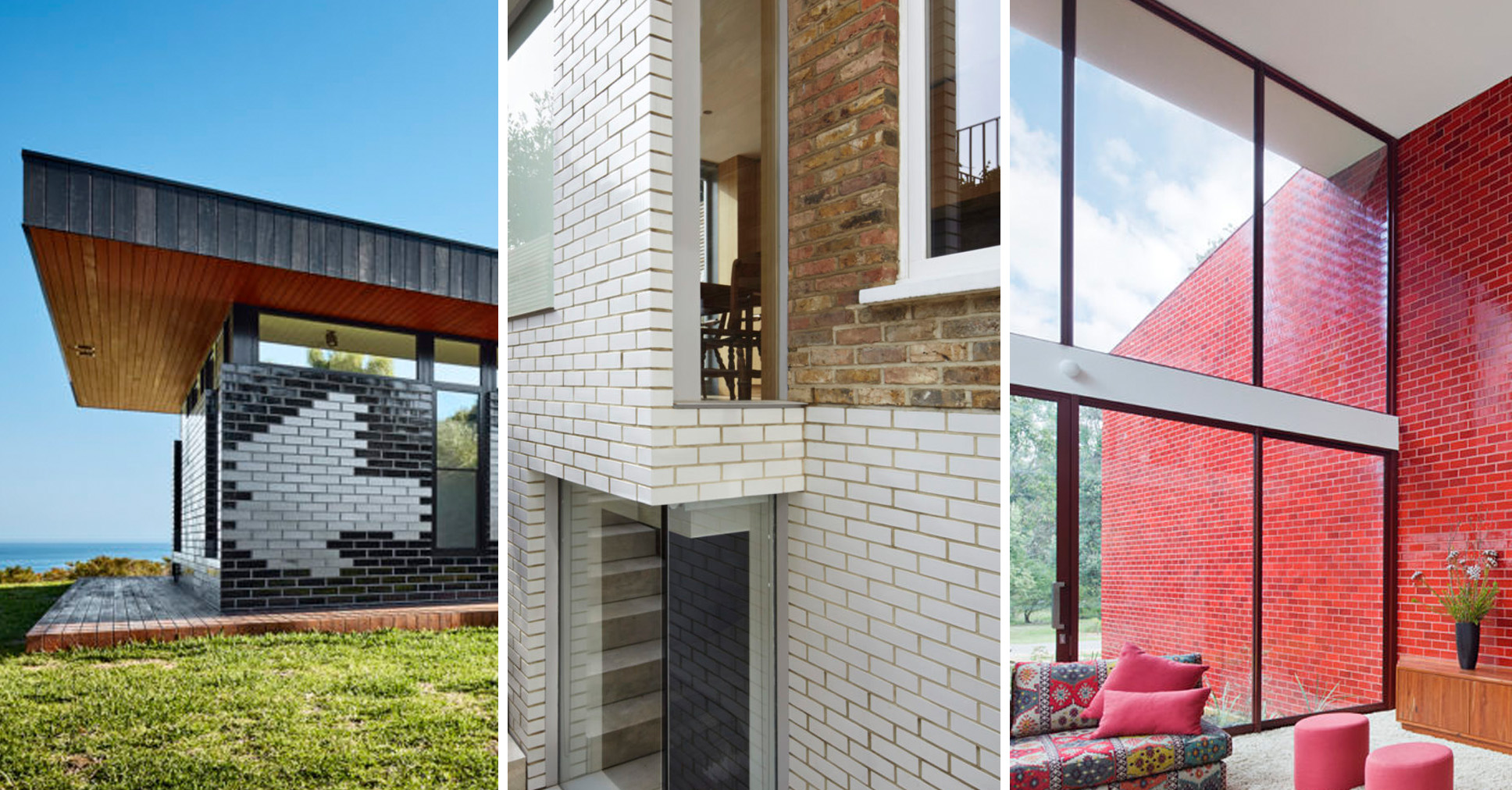

Bricks by the bay 2012 entries windows#
There are two smaller windows and a central door at the basement level. The two main floor widows are twelve-over-twelve with shutters and splayed jack arches. These features serve fill in the void between the tops of the door and windows and the cornice above, balancing the façade. There are two striking neoclassical features on the façade: Above each window is a rectangular wooden panel decorated with an oval, and above the door are two triangular panels that form a sort of blind arch. The door is topped by a cornice with dentils, which echoes the main cornice at the roofline. There is a large double door between three-over-three sidelights. The main floor, or piano nobile, was reached by a broad staircase that is no longer there. The house is divided into three bays, with the central bay recessed about four inches. The façade, laid in Flemish bond, is one and one half storeys, with an exposed basement level beneath. AvalonĪvalon is an elegant neoclassical house in rural Carroll County, Maryland. The building is currently occupied by a pharmacy.Īvalon, Carroll County, MD. There is also corbelling under the roof on all four sides. Like most stations, it has a broad overhanging roof, and pilasters at all for corners, and along the long sides the curved door and window lintels are trimmed with a decorative brick pattern, which joins a similar decorative band that surrounds the building. The Mount Airy Station itself is relatively simple, but not without interesting details. Built between 18, it was designed by E Francis Baldwin, an important and prolific Baltimore architect, who designed over one hundred railroad stations for the B&O, along with many other works, such as the Maryland Club, the Fidelity & Deposit Company Building, Mount Royal Station, and the warehouse at Camden Yards, all in Baltimore. This railroad station is a contributing structure in the Mount Airy Historic District. Mount Airy B&O Railroad Station, Carroll County, MD. The building was razed, leaving only the façade, and the redevelopment project has since stalled. It was acquired by a developer in 2012, with intent of turning into apartments. The Hendler Company occupied from 1912 to 1974. After the use of cable cars was discontinued, the building was used as a Yiddish theatre between 19.

There are busts on each end of the cornice above the left one is carved “18”, and above the right is “92”.

Between the signage and the cornice is a ten-course pattern of brick that resembles the side of a woven basket. Above these the ghost signage “Hendler Creamery Company” is faintly visible. Above are eight casement windows with similar columns. There are four large arched windows on the first level, each separated by four slender engaged brick columns with intricate capitals. The façade has a wealth of architectural details. Like the Penitentiary, it is Romanesque, but built of brick, rather than stone, with red mortar joints and stone trim. Built in 1892, the Hendler building was designed to be used a cable car powerhouse. The Hendler Creamery building was designed by Jackson Gott, a prominent Baltimore architect, who designed, among many other buildings, the Richardsonian Romanesque Maryland Penitentiary. There also appears to be a ghost of a pedimented portico above the main door. Perhaps these courses were hidden behind a balcony, as the middle second-storey opening appears to have been a door at some point.

Above the water table the bricks are laid in Flemish bond, except that immediately above the first-floor windows, there are six courses of English bond, and above them four courses of running stretchers. There is a high brick basement, laid in alternating courses of headers and stretchers. The windows are six over six, with flat jack arches. The original gambrel roof was altered to its current configuration in 1816. (Part of the original farm is still used for agricultural purposes.) It a two-and-one-half storey, five-bay structure, with two enclosed chimneys on each end, between which are jerkinheads, and there are three dormers. This currently unoccupied manor house, located in the Newtown Manor Historic District, was built in 1789 by Jesuits on their self-supporting farm.


 0 kommentar(er)
0 kommentar(er)
